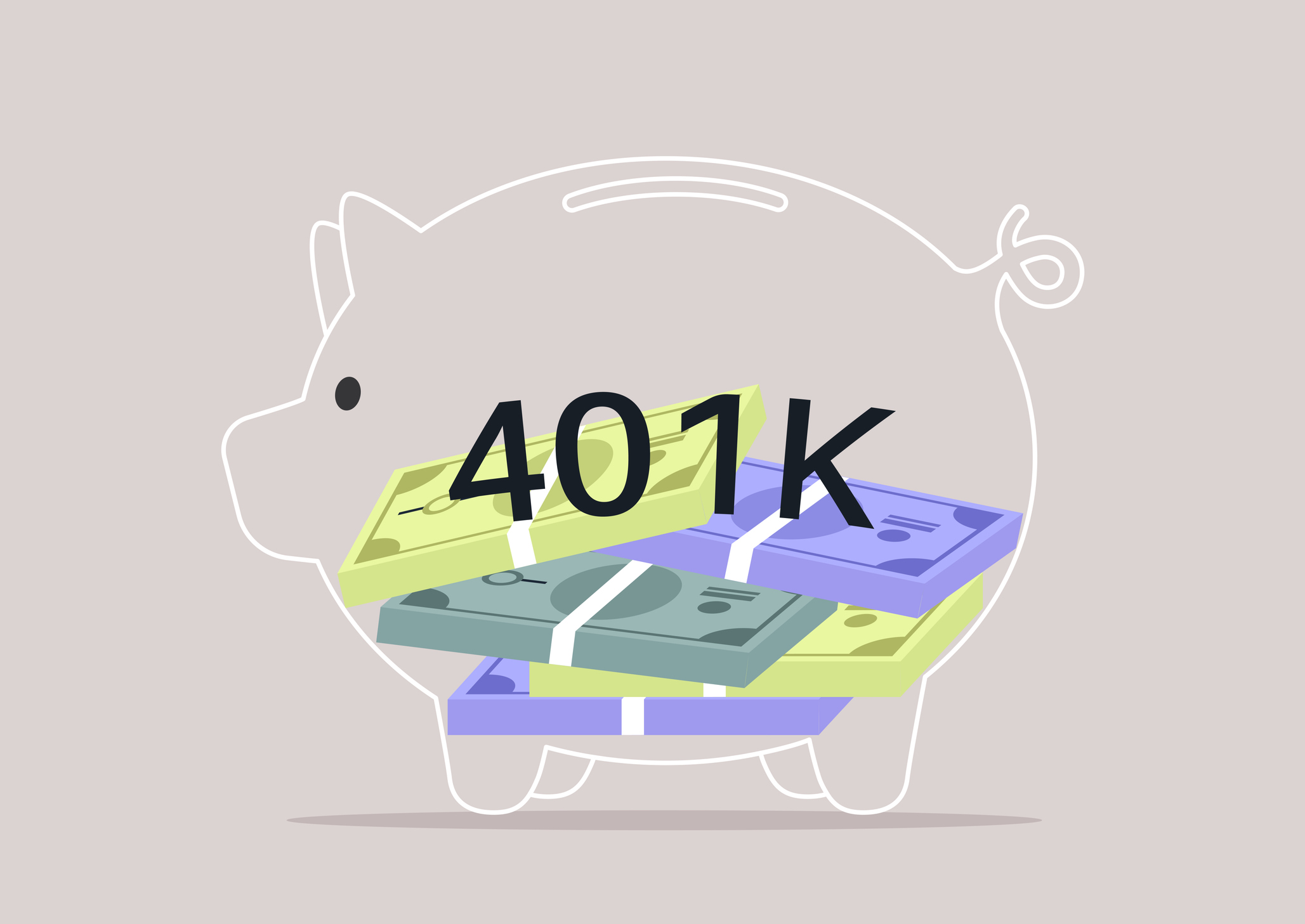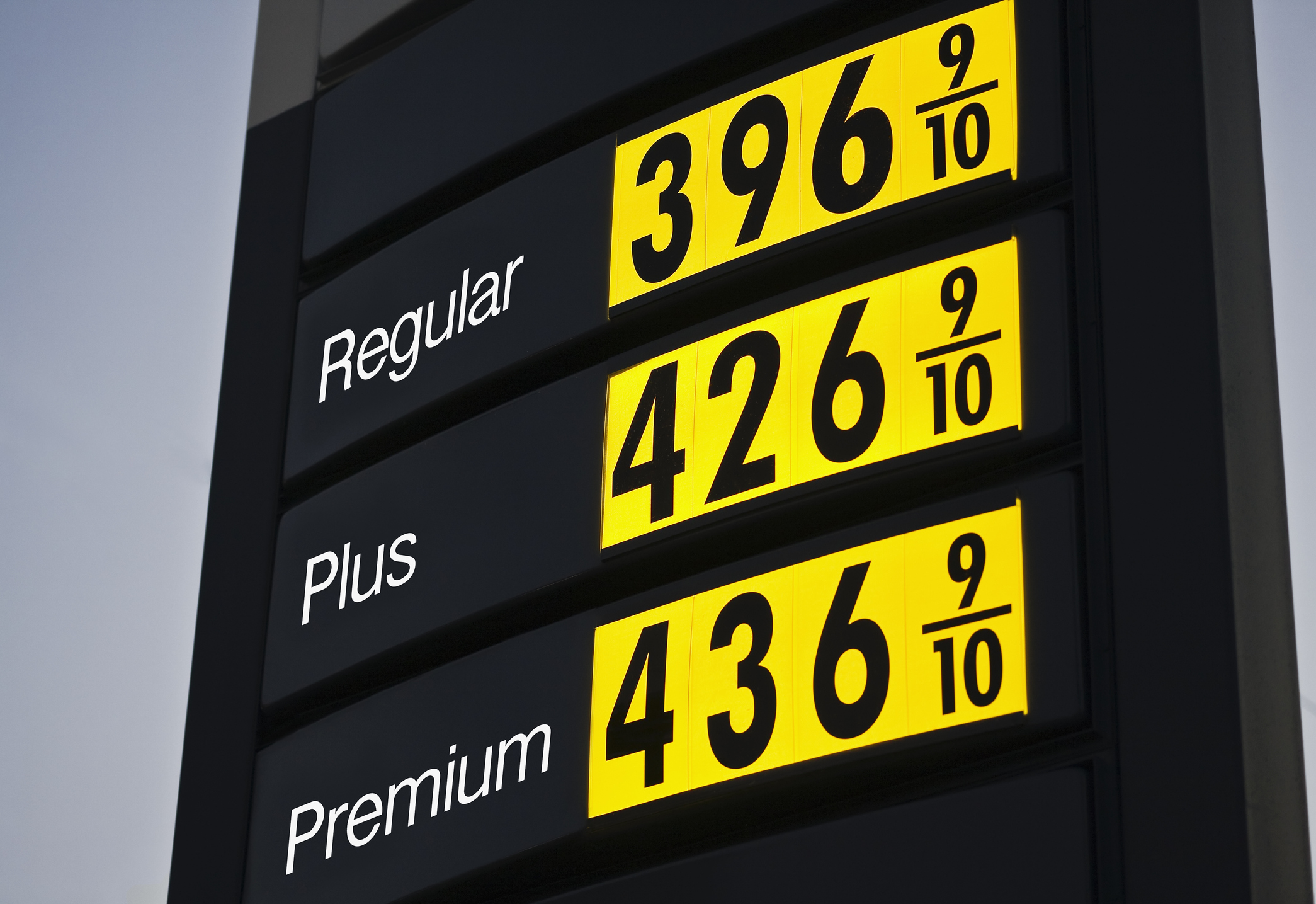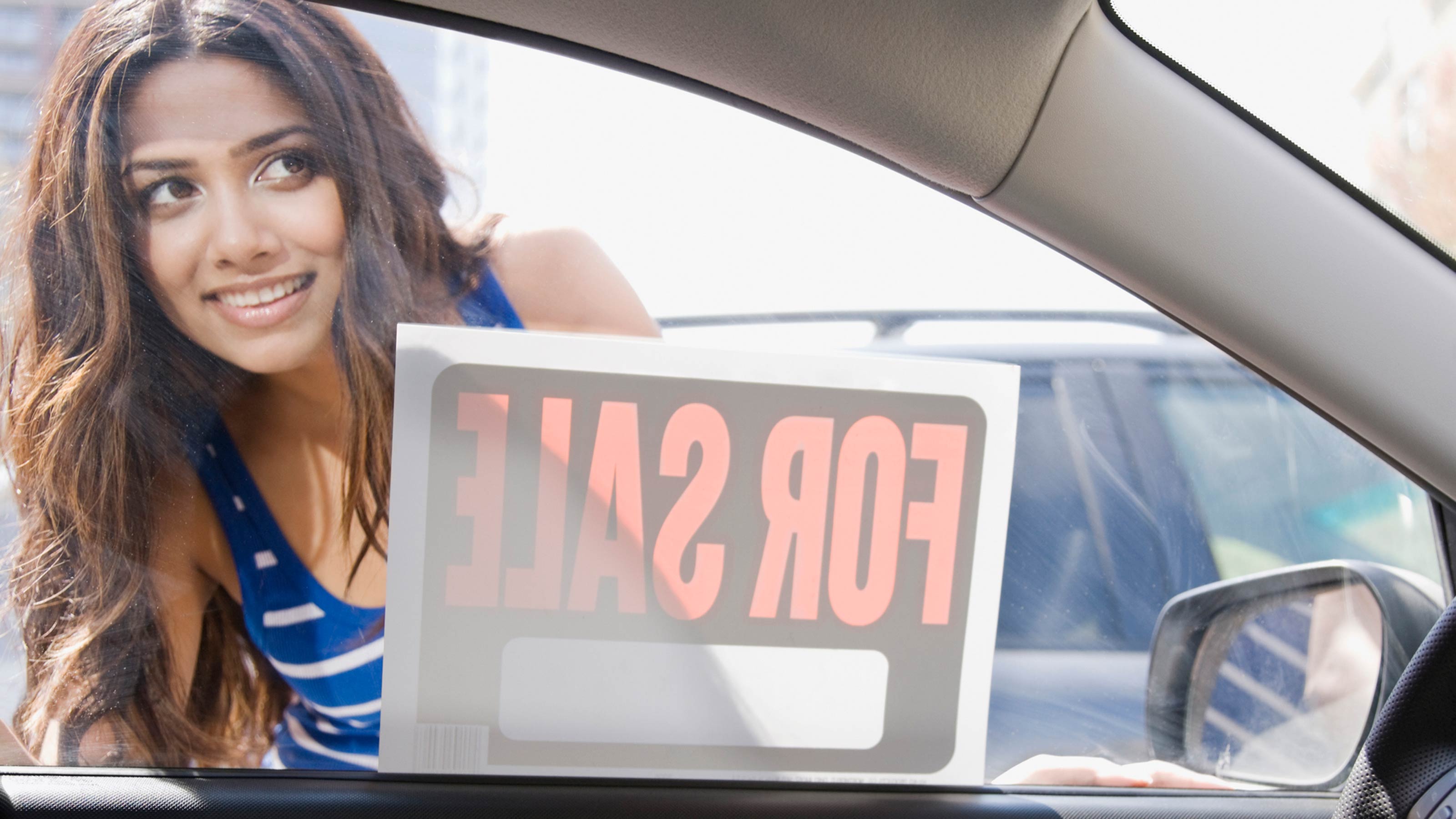Drive Time Review: Porsche Panamera
The four-door Porsche is a hit after all, and for 2011 it gets a $15,000 price cut.

Starting sticker price: $75,375
Starting invoice price: $67,755
Horsepower: 300
From just $107.88 $24.99 for Kiplinger Personal Finance
Become a smarter, better informed investor. Subscribe from just $107.88 $24.99, plus get up to 4 Special Issues

Sign up for Kiplinger’s Free Newsletters
Profit and prosper with the best of expert advice on investing, taxes, retirement, personal finance and more - straight to your e-mail.
Profit and prosper with the best of expert advice - straight to your e-mail.
MPG (City/Hwy): 18/27
3-year resale value: NA
5-year resale value: NA
When Porsche debuted the four-door Panamera in October 2009, its success was by no means assured. Would buyers shun the four-seat sports car based on perceptions that it wasn’t a true Porsche? It wasn’t the first Porsche to raise this question. The Cayenne SUV, introduced in 2003, was a similar love-it-for-its-high-end-utility or hate-it-for-misrepresenting-the-brand vehicle, but it became Porsche’s bestseller.
One year later, consider the question definitively answered. The Panamera’s year-to-date sales have surpassed the sales of every other Porsche model, including the Cayenne and the 911.
Porsche is upping the value ante for the 2011 model by adding two more trims to the Panamera lineup, for a total of five, and dropping the starting price by more than $15,000. And a few of the niceties that were optional for the 2010 model year become standard equipment this year: black full-leather seats, rear park assist, a Bluetooth hands-free phone connection and a USB connection for audio.
Behind the Wheel
The Panamera has Porsche’s signature looks, from the raised front fenders and lowered air intakes to the rear shoulder lines. The goal was to create a tourer that could seat four comfortably and have four doors but retain the silhouette of a coupe.
My first time behind the wheel of the Panamera was on a rainy day at the Road America track, in Elkhart Lake, Wis. That day, as the Porsche racing experts guided us through the slick course, I attempted to channel my inner race car driver and see nothing but the road, and hear nothing but my instructor’s voice coaching me. Brake in a straight line up to the turn and ease off as you go into it. Grip the top corners of the three spoke wheel, so your hands are your guide to throttle on.
Sitting low to the road, the sensation is exactly that of a sports car -- Porsche enhanced that feeling by designing the seating position to be the same as in a 911 -- and as I dove around turns, the car gripped the road nearly as hard as I white-knuckled the wheel. It was fast enough to give me whiplash as it leapt off the line and the nary a squeal of protest emanated from the brakes as I mashed them repeatedly.
Of course, not everyone will drive the Panamera like Speed Racer. You can choose among three different drive settings (“comfort” and “sport” come standard; “sport plus” is a $1,480 option) to change the suspension, reduce lateral body movement and even alter throttle response for a more sporty ride only when you want it.
Inside, it’s typical of the rest of Porsche’s lineup -- ignition lock on the left side (a throwback to Le Mans racing, when cars had to be started standing next to the vehicle) and a cockpit-like feel. Rather than using an integrated system that controls navigation, music and more, like the competition does, the Porsche has a center stack resplendent with buttons. My favorite feature: The standard navigation system’s second screen in the instrument cluster, so the main screen can display details of the music. The standard USB connection for audio has a delightfully simple interface.
The backseats are comfy buckets that can be heated and cooled. The back offers as much headroom as any luxury sedan, and when the seats are folded down you get 45 cubic feet of storage -- enough to stow two bikes with the wheels on. And rest assured that all four passengers are protected by an array of standard safety equipment: eight airbags, antilock brakes and stability control. Porsche’s Traction Management is standard on the all-wheel drive Panamera models.
Downsides
Like any vehicle, the Panamera has its downsides. The broad C-pillars hamper rear visibility a bit, and as with most German imports, cup holders are scarce and storage space in the front cockpit is virtually nonexistent.
Although it’s fast, the car doesn’t accelerate as smoothly as I’d like. The automatically shifting double-clutch transmission takes some getting used to. It seems to work overtime, moving you through low gears quickly and somewhat choppily until it gets where it likes to be -- in 7th gear.
While the Panamera’s price starts lower than most of its competitive set -- the Audi A8, the BMW 7-series and the Mercedes-Benz S-class -- the others typically include more standard features. For example, you pay a la carte prices for 14-way adjustable seats with lumbar support ($1,705), satellite radio ($750) and a Bose sound system ($1,440), while similar features tend to be standard on the competition. There’s something to be said for Porsche’s infinitely customizable system, but in the end, you may feel as if you’re being nickel-and-dimed.
Profit and prosper with the best of Kiplinger's advice on investing, taxes, retirement, personal finance and much more. Delivered daily. Enter your email in the box and click Sign Me Up.

-
 'Humbug!' Say Consumers, Despite Hot GDP: Stock Market Today
'Humbug!' Say Consumers, Despite Hot GDP: Stock Market Today"The stock market is not the economy," they say, but both things are up. Yet one survey says people are still feeling down in the middle of this complex season.
-
 The SEC Is Concerned for Older Investors and Retirement Savers. Here's What You Should Know
The SEC Is Concerned for Older Investors and Retirement Savers. Here's What You Should KnowThe SEC focusing on older investors, retirement and college savers, and private securities. Here's how those changes impact you.
-
 Vesting, Catch-Ups and Roths: The 401(k) Knowledge Quiz
Vesting, Catch-Ups and Roths: The 401(k) Knowledge QuizQuiz Test your understanding of key 401(k) concepts with our quick quiz.
-
 10 Things You Should Know About Buying a Car Today, Even if You've Bought Before
10 Things You Should Know About Buying a Car Today, Even if You've Bought BeforeIf buying a car is on your to-do list, and it's been a while since you went shopping for a new one, this guide will help avoid any nasty shocks in the showroom.
-
 Get the Best Car Deal in Retirement: Here's the Trick
Get the Best Car Deal in Retirement: Here's the TrickPlanning on shopping for a new car this Labor Day weekend? Here’s how to haggle for a better price, even though you're retired.
-
 7 Gas-Saving Tips That Actually Work
7 Gas-Saving Tips That Actually WorkThese are gas-saving tips that will actually work for you and your car this year.
-
 Want to Lease an EV? The Tax Credit 'Loophole' for That Is Going Away Soon
Want to Lease an EV? The Tax Credit 'Loophole' for That Is Going Away SoonTax Credits If you are deciding whether to lease or buy an electric vehicle, here is what you need to know about how the EV lease tax credit works now that it will be eliminated under Trump's new tax law.
-
 Car Buying in a Topsy-Turvy Market
Car Buying in a Topsy-Turvy MarketYou need a new car? Good luck with that! What should you do? We've got some answers.
-
 Watch Out for Flood-Damaged Cars from Hurricane Ian
Watch Out for Flood-Damaged Cars from Hurricane IanBuying & Leasing a Car In the wake of Hurricane Ian, more flood-damaged cars may hit the market. Car prices may rise further because of increased demand as well.
-
 Car Buyers: The 3-Day Grace Period Is Just a Myth!
Car Buyers: The 3-Day Grace Period Is Just a Myth!Buying & Leasing a Car Many car buyers think they have three days after making a purchase to return a car. Here’s where they’re going wrong, and what they should do instead to get a decent used car.
-
 PODCAST: Car-Buying in an Inflated Market with Jenni Newman
PODCAST: Car-Buying in an Inflated Market with Jenni NewmanBuying & Leasing a Car With cars both scarce and expensive these days, what to do if you want – or need – a new ride? Car-buying strategist Jenni Newman of Cars.com shares some tips. Also, more on the magical 9% savings bond.